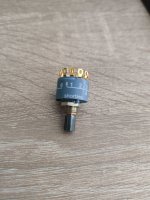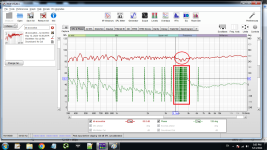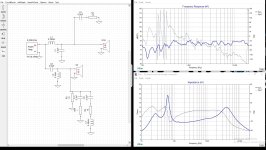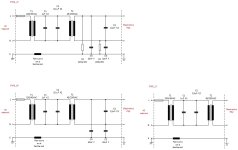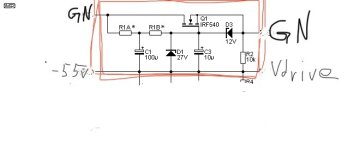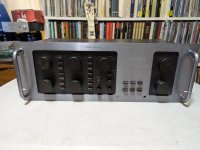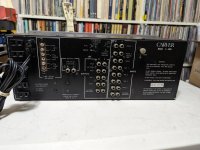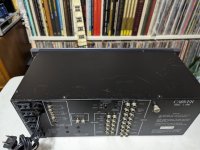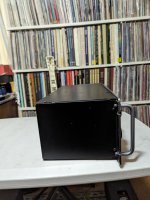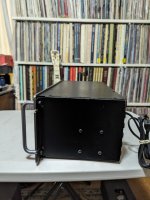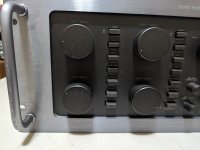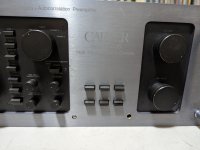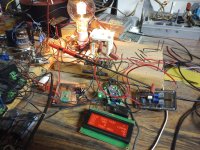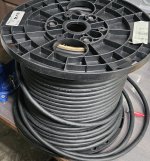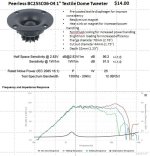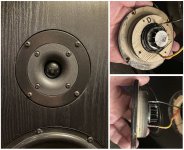I'm planning on building a Tubelab SSE and am currently in the research phase. In addition to studying the theory behind its design and operation, I've also put together a SPICE model (ngspice to be precise), so that I can study the circuit with fewer possibility of electric shock. (Well, I'm running the simulation on a desktop computer, so there's still
some possibility.)
After familiarizing myself with the basics, I though that, since I'm planning to use the amplifier with a DAC that outputs a 2VRMS signal, which seems to be way too high for the "default" 12AT7/EL34 configuration, perhaps it might be worth looking into whether a lower gain build would be preferable. At the very least, it might let me avoid using an attenuation network between the DAC and the SSE, without worrying about overdriving the latter.
In looking into this I've used the simulator (with whatever models I could find) and I'd like to double-check, some of my findings with more experienced folks. So here goes:
1. My circuit is attached below. As shown the B+ voltage comes from the V0 voltage source for convenience and the power supply section is not used. Results are similar when using it, apart form needing to simulate a bit longer to wait for the B+ voltage to stabilize. I'm getting "reasonable" results with it, apart from being able to get on the order of 5W of output at 1% THD from an input of about 1V p-p at 1kHz. This seems a bit low given the results posted by George on the simulations page of the SSE's documentation and also measurements from existing builds. (The output transformer has an inductance ratio that should yield a 5 kOhm impedance from the 8 Ohm load.) I understand that the simulation disregards some sources of THD (e.g. the output transformer), but I wonder if that is that the only issue, or if perhaps something is more seriously wrong with the simulation itself.
2. Assuming the simulation is more or less ok, I find that removing one or both of the bias resistor bypass capacitors, tends to yield lower gain at lower THD. Removing both C10 and C12 for instance, I seem to be able to achieve the same 5W of output as before at about 0.5%THD from an input of about 2V p-p. In both cases, the distortion is predominately 2nd harmonic with some lower 3rd and 4th harmonic components. I understand this is because the absence of bypassing effectively constitutes local NFB. Do these results seem reasonable? Is there any reason to include the bypass caps, even if the increased gain is not required?
3. In trying to reduce gain even more, I've looked into substituting the driver tube with a lower gain part. Initially I've thought about using the 12AV7, but since this seems to be relatively rare, I turned to the 12AY7. Changing R13 to 1K to get about 3 ma of cathode current and R10 to 910 for about 3V of bias, I again get about 5W of output at about 0.5% THD, but now at 3.6V p-p. The driver tube is now being driven hard and the distortion measured at its output is much higher than before, at about 1% THD, but it's almost entirely 2nd harmonic and seem to partially cancel at the output stage. Does that make sense? Is there any reason not to use the 12AY7 then? I figure, apart from needing less attenuation after the DAC, the THD+N figure should be better, since less noise will be amplified.
4. I've found some NOS Russian (or, rather, Soviet) parts locally at pretty good prices, so I thought I might look into the 6N1P-EV, or the 6N23P-EV, which seem to be well regarded. I also found a matched pair of NOS 6P3S-E tubes at the same source, again pretty cheaply and I thought I'd try that too. With a 6N1P, with associated current and biasing changes and a 6L6GC model substituting for the 6P3S-E (which I know is not the same) I could get about 6W at 0.4% THD from a 5.2V p-p source, which is close to the 2VRMS target. I then found out that the filament pins of the 6N1P are not compatible with the 12AT7 used by the SSE. Can I use an adapter to deal with this? I see some "12AX7 to 6N2" adapters; will these work? If so, is there some reason no to use the 6N1* and/or 6P3S tubes?
Thanks to everyone who's read so far; I know it was a lot and thanks in advance for any comments.
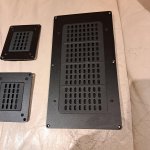
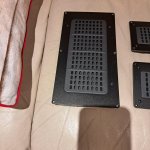
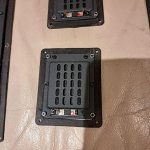

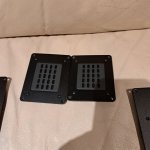
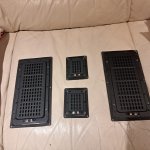
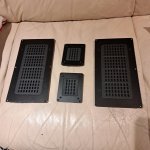
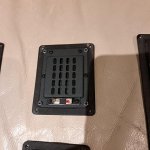
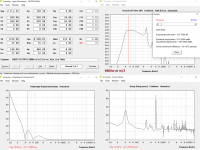
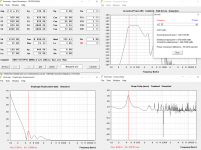

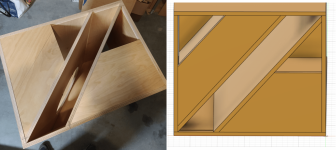
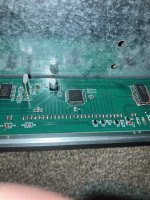
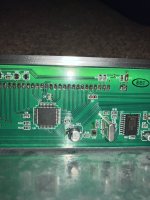
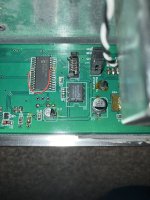
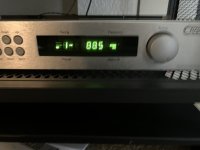
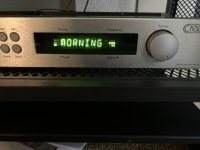

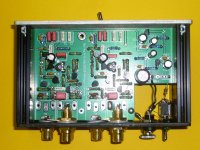
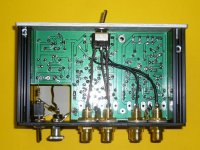

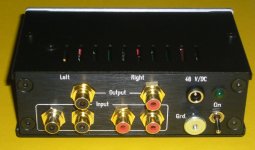
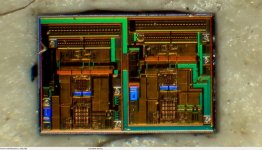

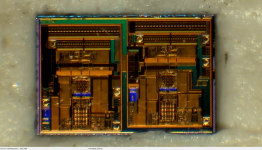
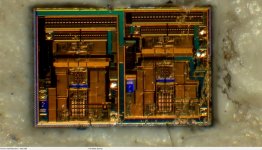
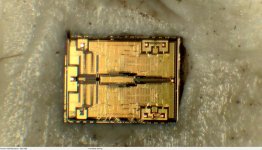
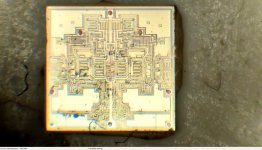
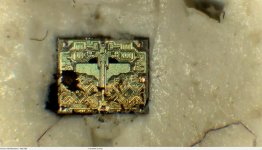
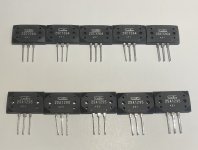


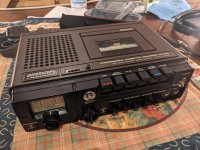
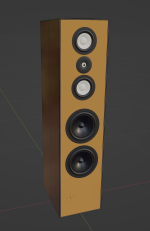
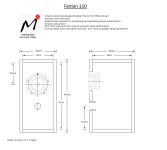
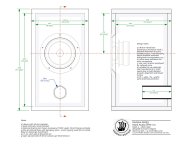
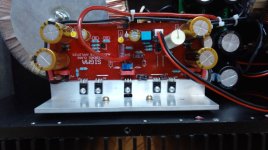
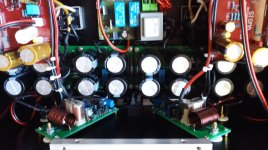
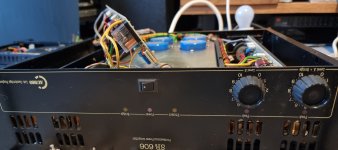
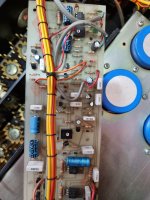
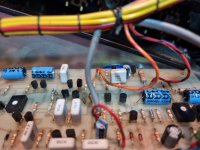
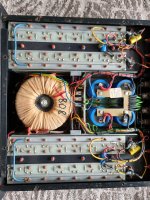
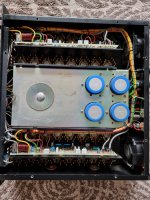
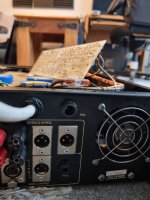

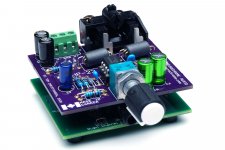

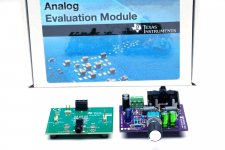
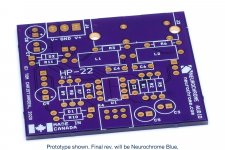
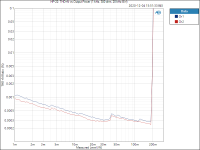
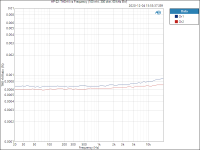
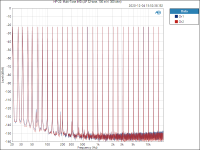
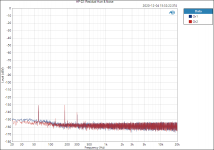
 Looks like the worldwide stock of J113 might drop a bit! If this is being discussed elsewhere, let me know!
Looks like the worldwide stock of J113 might drop a bit! If this is being discussed elsewhere, let me know!

